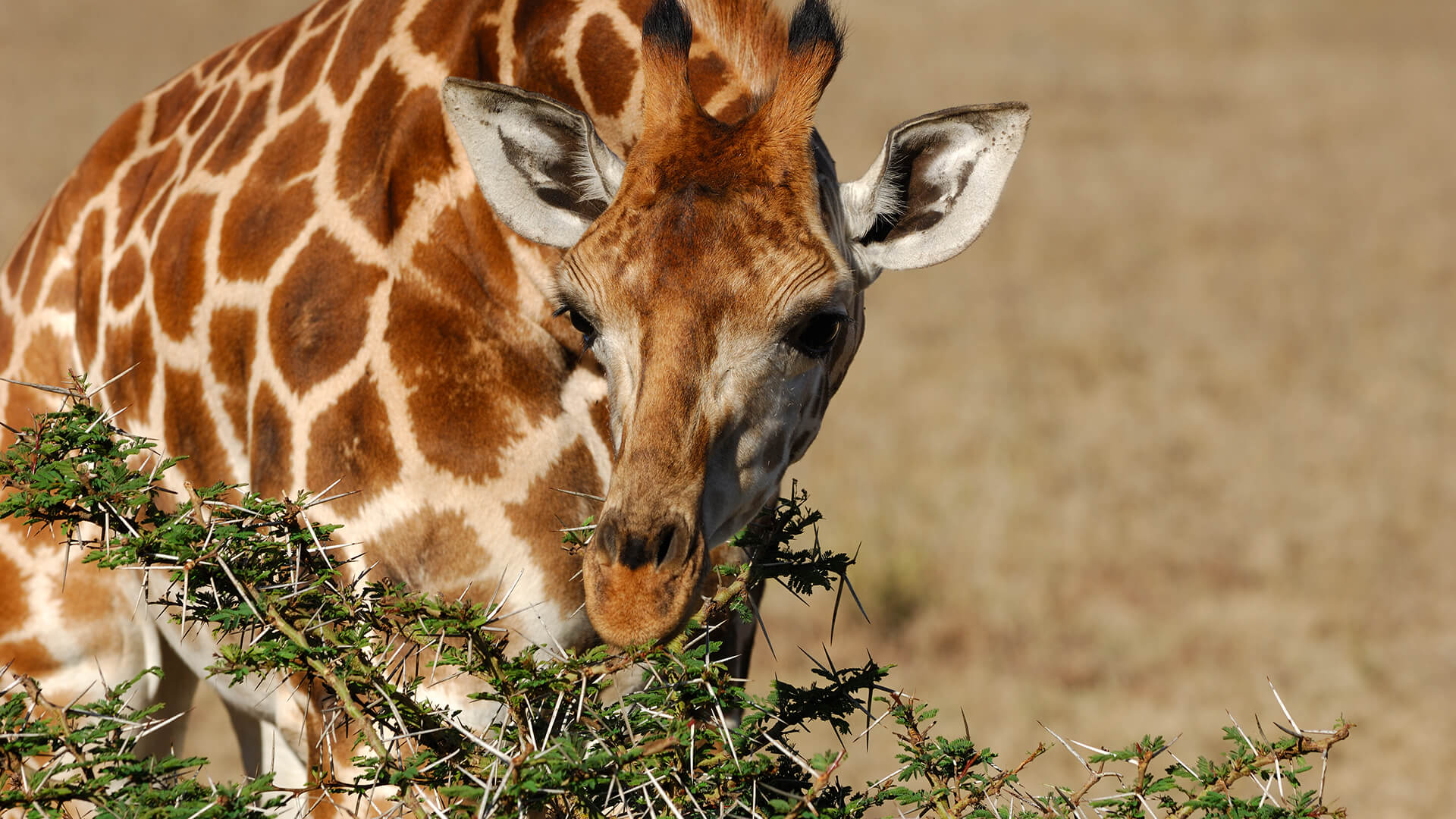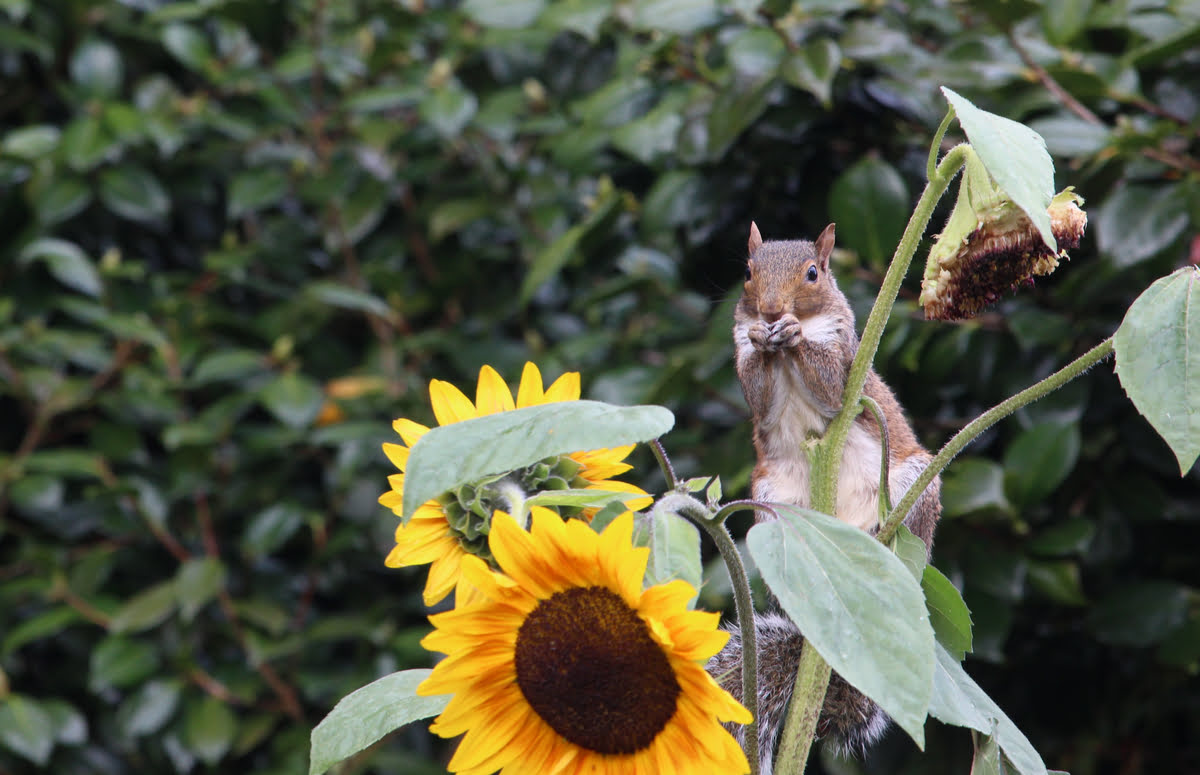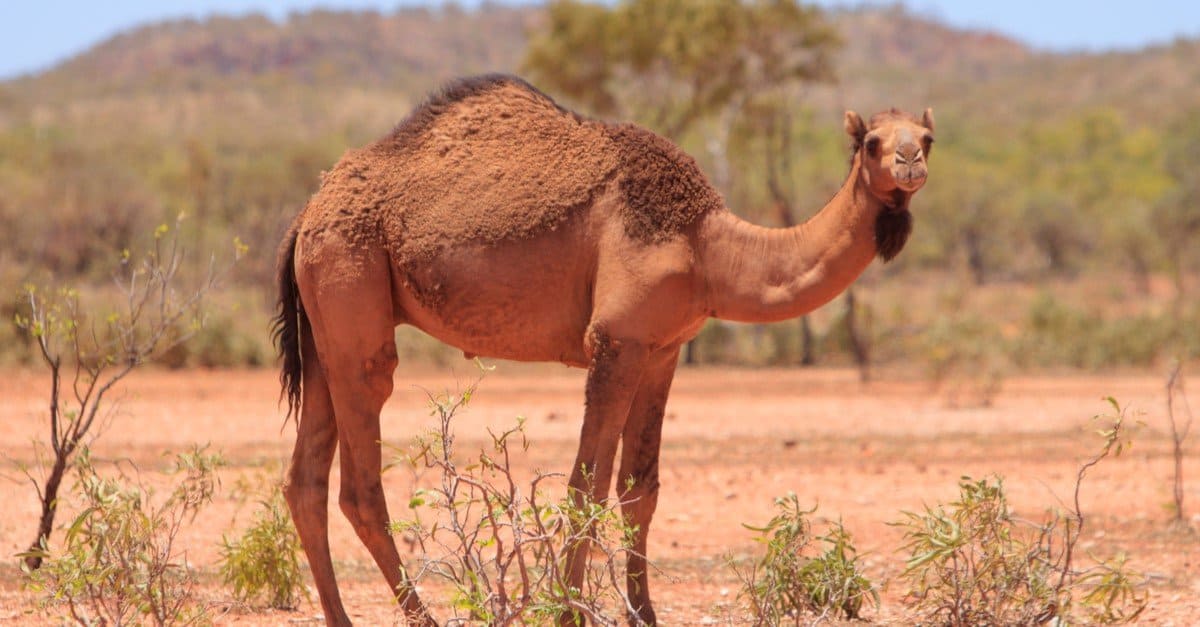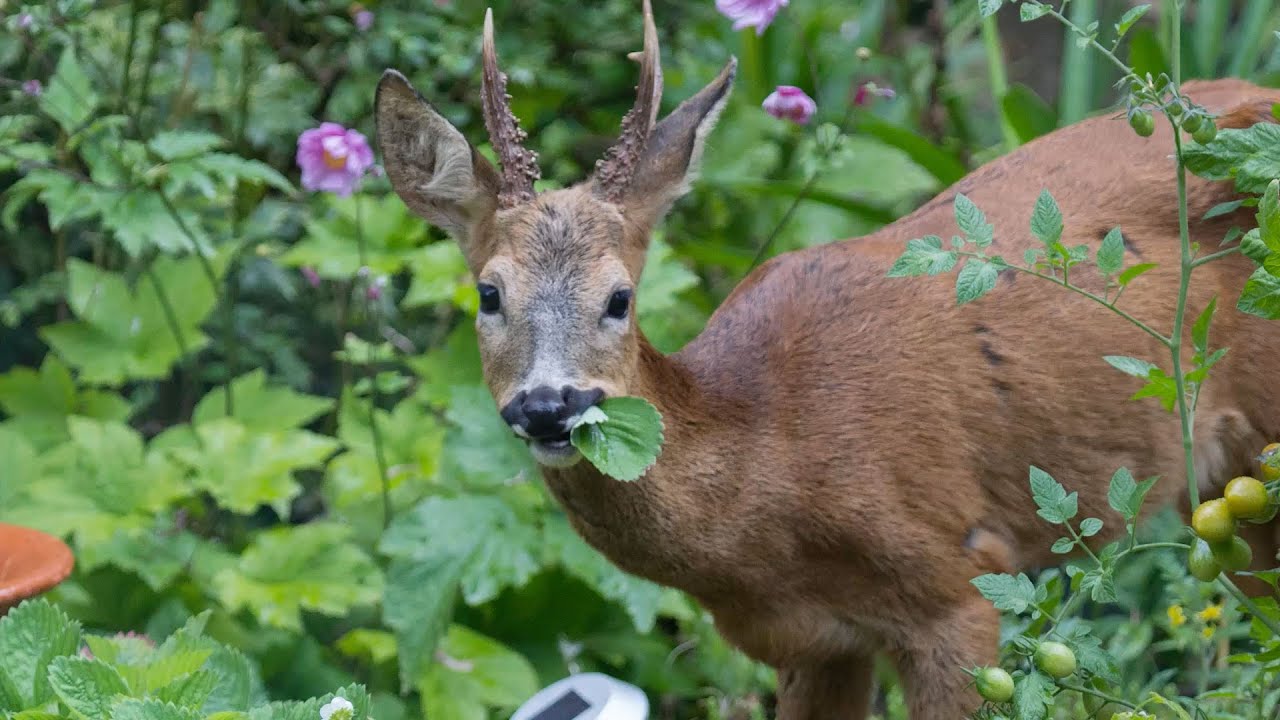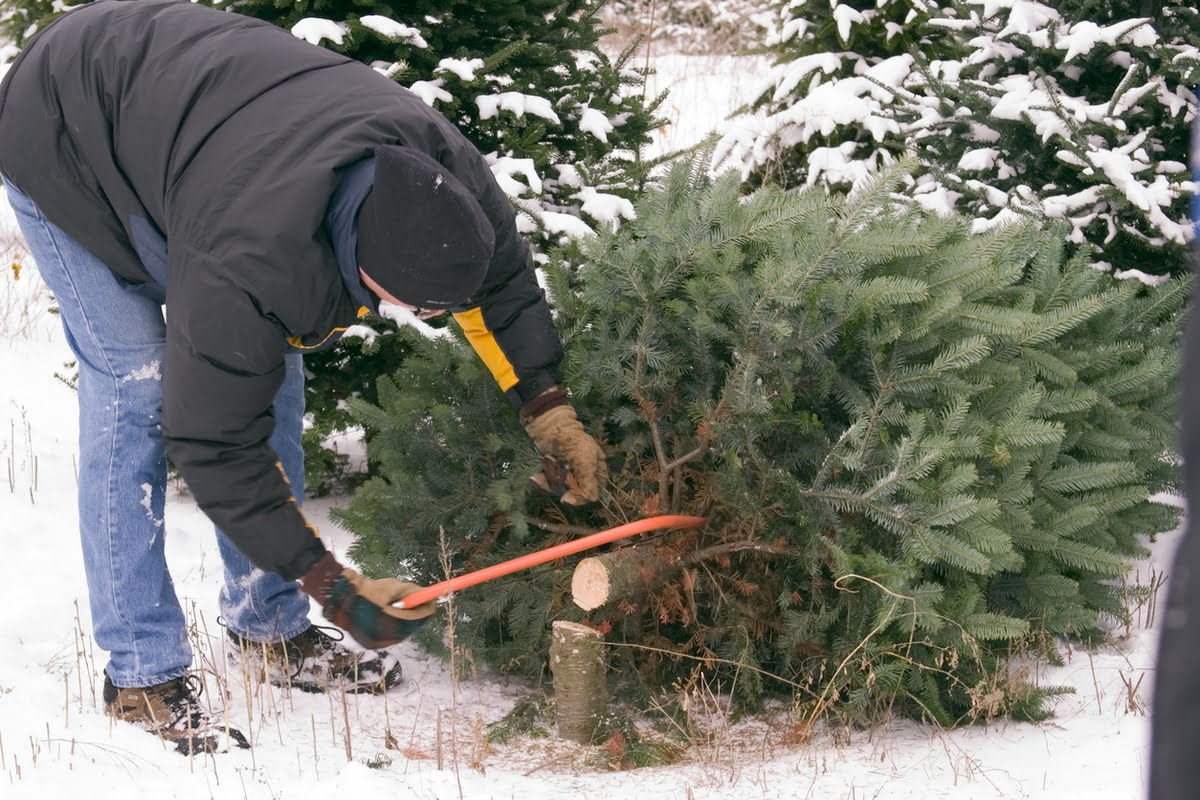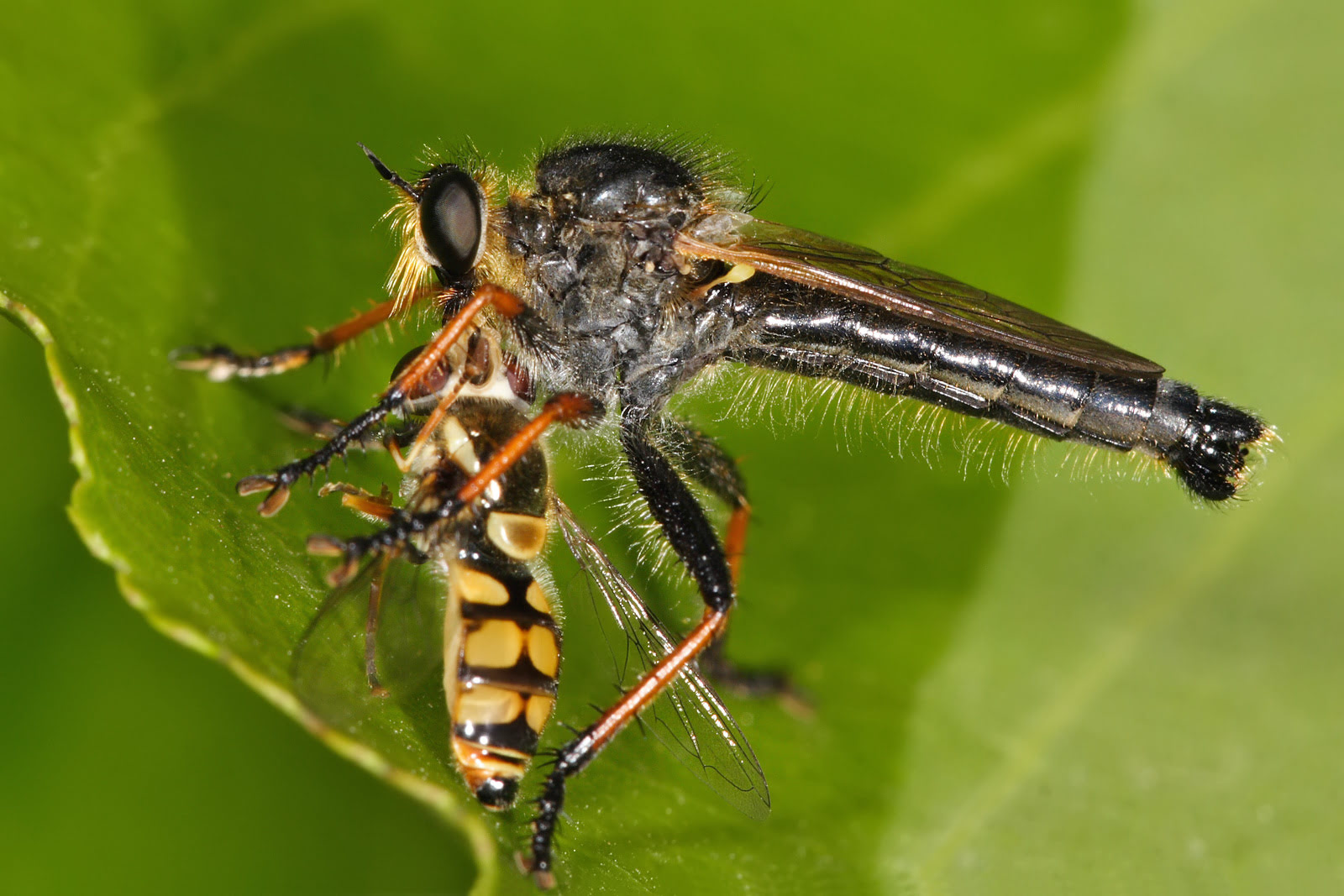Home>Gardening News and Trends>Latest News>What Animals Eat Christmas Trees
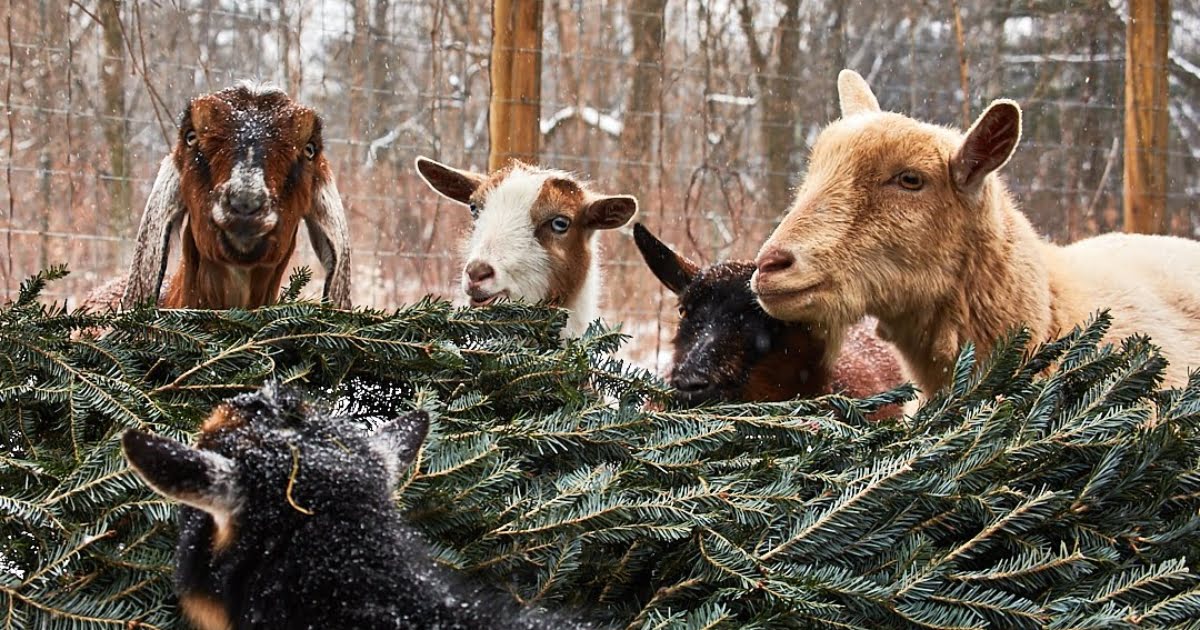

Latest News
What Animals Eat Christmas Trees
Modified: January 22, 2024
Discover the latest news on what animals eat Christmas trees. Find out how different wildlife species enjoy these festive treats in their natural habitats.
(Many of the links in this article redirect to a specific reviewed product. Your purchase of these products through affiliate links helps to generate commission for Chicagolandgardening.com, at no extra cost. Learn more)
Table of Contents
Introduction
With the holiday season in full swing, many families are excitedly decorating their homes with festive Christmas trees. These beautifully adorned trees bring a touch of magic and cheer to the holiday festivities. However, there is a surprising group of creatures who also find themselves irresistibly drawn to these seasonal decorations – animals!
It may come as a surprise, but animals have been known to make a meal out of Christmas trees. Whether it’s the scent, the texture, or simply curiosity, wildlife often find these festive evergreens irresistible. While it may be amusing to imagine a deer or squirrel snacking on the ornaments and tinsel, it can also be a cause for concern. Not only can these furry visitors damage or destroy your beloved Christmas tree, but they can also pose a threat to their own safety.
So why do animals have a penchant for nibbling on Christmas trees? And which creatures are the most likely culprits? In this article, we will explore the fascinating world of animals and their affinity for Christmas trees. We will also provide some helpful tips on how to protect your holiday centerpiece from becoming an impromptu buffet for your furry friends.
Why do animals eat Christmas trees?
While we humans see a beautifully decorated Christmas tree as a symbol of the holiday season, animals have a completely different perspective. There are several reasons why animals are attracted to these festive evergreens:
- Scent: The aromatic scent of pine is like an irresistible invitation for animals. The strong, natural fragrance of Christmas trees can fill the air and entice nearby wildlife.
- Texture: For animals that naturally gnaw on tree bark or branches, the texture of Christmas tree needles can be appealing. The needles may offer a satisfying crunch and provide a unique sensory experience.
- Curiosity: Animals are curious by nature, and a tall, brightly lit Christmas tree is bound to catch their attention. Exploring new objects and scents is a natural instinct for many creatures, and a Christmas tree provides an exciting new addition to their environment.
It’s important to note that not all animals have a taste for Christmas trees. Some may simply be investigating the unfamiliar object, while others may see it as an opportunity for play or as a potential food source.
Additionally, it’s worth mentioning that animals are not intentionally trying to ruin our holiday decorations. They are simply following their instincts and exploring their environment. However, their curiosity can inadvertently lead to damage to the tree, ornaments, and even potential harm to themselves.
Types of animals that eat Christmas trees
When it comes to animals feasting on Christmas trees, several different species have been known to indulge in this unusual holiday treat. Let’s take a look at some of the common culprits:
- Squirrels: These agile little creatures are notorious for their love of nibbling on Christmas trees. As natural climbers, they can easily access the branches and enjoy a feast of pine needles and bark. Squirrels may also see the tree as a potential nesting site, so be prepared for them to make themselves at home amidst your decorations.
- Deer: With their voracious appetites, deer pose a significant threat to your Christmas tree. These majestic creatures are not picky eaters and may happily munch on the branches, leaving your once-decorated tree bare. In areas where deer populations are prevalent, it’s essential to take extra precautions to protect your tree.
- Goats: Known for their ability to devour nearly anything in their path, goats are notorious for their love of Christmas trees. These mischievous grazers are attracted to the needles and bark, and they can quickly strip a tree down to its bare branches if given the chance.
- Rabbits: These adorable furry creatures may seem harmless, but they have a penchant for nibbling on young, tender shoots, including Christmas tree branches. If you have rabbits in your area, it’s important to deter them from feasting on your cherished holiday centerpiece.
Keep in mind that the types of animals that are attracted to Christmas trees may vary depending on your geographical location and the local wildlife population. It’s always a good idea to be aware of the species prevalent in your area and take appropriate measures to protect your tree accordingly.
Squirrels
When it comes to animals that are notorious for feasting on Christmas trees, squirrels are at the top of the list. These charming, agile creatures have a natural inclination for scaling trees and exploring their surroundings. Here’s what you need to know about squirrels and their affinity for Christmas trees:
Bark and branch consumption: Squirrels are known to nibble on tree bark and branches as a natural part of their diet. The texture and taste of Christmas tree needles may be incredibly appealing to them. They may chew on the branches, causing damage and potentially compromising the tree’s structural integrity.
Nesting opportunities: Squirrels may also see your Christmas tree as a potential nesting site. The branches provide a secure and elevated platform for constructing their nests. If you find a squirrel making a home in your tree, it’s best to contact a local wildlife expert for assistance in safely removing them.
Preventive measures: To protect your Christmas tree from squirrel damage, there are a few steps you can take. Firstly, consider placing a barrier around the tree’s base to deter squirrels from accessing it. This can be done using wire mesh or a specially designed tree skirt. Additionally, applying a commercial animal repellent on the tree’s branches may discourage squirrels from approaching.
Alternative food sources: Providing alternative food sources for squirrels can also help divert their attention away from your Christmas tree. Set up squirrel feeders or scatter nuts and seeds in an area away from the tree to give them something else to focus on.
Remember, squirrels are resourceful creatures, so be prepared to employ multiple tactics to protect your tree. By taking proactive measures, you can ensure your Christmas tree remains intact and undisturbed by these lively little climbers.
Deer
When it comes to animals that pose a significant threat to Christmas trees, deer are high on the list. With their large appetites and ability to effortlessly reach high branches, these majestic creatures can quickly turn your beautifully decorated tree into a feast. Here’s what you need to know about deer and their love for Christmas trees:
Foraging behavior: Deer are herbivores and will happily munch on various types of vegetation, including Christmas tree branches. The soft, needle-like foliage may be particularly enticing to them. If deer are present in your area, it’s essential to take precautions to protect your tree.
Damage potential: Deer can cause significant damage to your Christmas tree when they feast on its branches. Their strong jaws and teeth can easily strip the foliage and leave your tree looking bare and unattractive. In extreme cases, deer may even topple the entire tree if they are unable to control their appetite.
Protecting your tree: To prevent deer from accessing your Christmas tree, there are a few strategies you can employ. Physical barriers, such as fencing or netting, can be effective in keeping deer at bay. Make sure the barrier is tall enough to deter them from jumping over, and secure it firmly to the ground to prevent them from slipping under.
Repellents: Another option is using deer repellents on and around your tree. There are various commercial products available that emit scents that deer find unpleasant. Apply these repellents according to the manufacturer’s instructions to create a deterrent for the deer.
Natural deterrents: Some natural methods can also help deter deer from approaching your Christmas tree. Planting deer-resistant plants around the tree or using noise-making devices, like wind chimes or motion-activated sprinklers, can make the area less appealing to deer and discourage them from venturing close.
Remember, deer typically forage during the twilight hours, so it’s crucial to implement preventive measures before the evening sets in. By safeguarding your Christmas tree from deer, you can enjoy the holiday season without worrying about your festive centerpiece succumbing to their appetite.
Goats
When it comes to animals that have a reputation for devouring nearly anything in their path, goats are notorious offenders. These mischievous grazers are known to have a particular fondness for Christmas trees. Here’s what you need to know about goats and their affinity for feasting on these festive evergreens:
Unparalleled appetites: Goats have voracious appetites and are attracted to the texture and taste of Christmas tree needles and bark. They can quickly strip a tree down to its bare branches if given the opportunity. It’s important to keep a close eye on your Christmas tree if goats are present in your area.
Damage potential: The powerful jaw and chewing abilities of goats can cause extensive damage to your Christmas tree. They may also pull on branches or knock over the tree in their pursuit of fresh greenery. It’s crucial to take preventive measures to protect your tree from these enthusiastic eaters.
Physical barriers: One of the most effective ways to keep goats away from your Christmas tree is by creating a physical barrier. Fencing around the tree can help deter them from reaching the branches and indulging in their favorite snack. Ensure that the fencing is securely installed and tall enough to prevent the goats from jumping over it.
Alternative distractions: Providing goats with alternative sources of food can help divert their attention away from your Christmas tree. Set up feeding stations with fresh hay or other vegetation that they enjoy. This can help satisfy their cravings and reduce their interest in the tree.
Supervision and training: If you have pet goats or live in an area where goats freely roam, direct supervision is essential. Train them to avoid the Christmas tree by providing treats or positive reinforcements when they stay away. Consistency and patience are key when it comes to teaching goats to respect the boundaries around your festive centerpiece.
Remember, goats are highly resourceful and determined creatures. It’s crucial to implement preventive measures and potentially modify their behavior to keep them from munching on your Christmas tree. By doing so, you can ensure that your tree remains intact and fully adorned throughout the holiday season.
Rabbits
Rabbits are cute and fluffy creatures that may seem harmless, but they can pose a threat to your Christmas tree. These little herbivores have a natural inclination to nibble on young, tender shoots, including the branches of a Christmas tree. Here’s what you need to know about rabbits and how to protect your holiday centerpiece:
Dietary habits: Rabbits are known for their affinity for vegetation, and Christmas tree branches can be a tempting treat for them. The soft, chewy needles and bark provide a satisfying snack. It’s important to take precautions if rabbits are present in your area.
Damage potential: While rabbits may not completely strip your tree like goats or deer, their nibbling can still cause damage and make your Christmas tree look less attractive. They may also chew on electrical cords or other decorations, posing a potential safety hazard. Preventive measures are essential to keep your tree and its surroundings protected.
Protective barriers: Creating a barrier around the base of your Christmas tree can be an effective way to keep rabbits at bay. Use wire mesh or a solid tree skirt that covers the lower portion of the tree. This can deter rabbits from accessing the branches and prevent them from causing harm.
Natural deterrents: Some natural remedies can help deter rabbits from approaching your Christmas tree. Using strong-scented herbs or spices, such as cinnamon or peppermint, around the tree can make the area less appealing to these furry creatures. Additionally, planting rabbit-resistant plants in your garden can redirect their attention away from the tree.
Garden protection: If you have a garden nearby, it’s crucial to safeguard it as well. Erecting a fence around the garden can help keep rabbits out and decrease the chances of them wandering over to your Christmas tree.
Remember, rabbits can be persistent, so being consistent with your preventive methods is important. By taking these precautions, you can enjoy your beautifully decorated Christmas tree without worrying about bunny-induced damage.
Tips to protect your Christmas tree from animals
While it’s fascinating to see animals take an interest in our Christmas trees, it’s important to take steps to protect both the tree and the creatures themselves. Here are some helpful tips to safeguard your Christmas tree from animal intruders:
- Location, location, location: Consider the placement of your Christmas tree. Choose an area that is less accessible to wildlife, such as a room with closed doors or a covered porch. This can help deter animals from reaching the tree in the first place.
- Secure the base: Make sure your Christmas tree is properly secured in a sturdy tree stand. This will prevent animals from knocking it over and potentially injuring themselves or causing damage to your home.
- Physical barriers: Utilize physical barriers to keep animals away from your tree. This can include placing a mesh or netting around the tree’s base or using a tree skirt that covers the lower branches.
- Repellents: Use animal repellents specifically designed to deter wildlife from approaching your Christmas tree. These repellents emit scents that animals find unpleasant, discouraging them from coming close.
- Alternative distractions: Provide alternative sources of food for animals. Set up feeding stations or scatter nuts and seeds in another area of your property to divert their attention away from the Christmas tree.
- Trim lower branches: Prune the lower branches of your tree to make it less accessible to animals. Removing lower branches can deter them from climbing or reaching the tree.
- Supervision: If you have pets or live in an area with wildlife, supervise them around the Christmas tree. This can help prevent any unwanted encounters or potential damage to the tree.
- Regular maintenance: Regularly inspect your tree for any signs of animal damage or nesting. If you notice any nibbled branches or signs of wildlife activity, take swift action to protect your tree and discourage further visits.
Remember to always prioritize the safety of both your Christmas tree and the animals that may be drawn to it. By implementing these protective measures, you can enjoy a beautiful and undisturbed holiday centerpiece while keeping wildlife and your home safe.
Conclusion
As we revel in the holiday spirit and decorate our homes with festive Christmas trees, it’s important to acknowledge the curious creatures that may find these seasonal decorations irresistible. Animals, from squirrels to deer, goats to rabbits, are often drawn to Christmas trees for various reasons, be it the scent, texture, or sheer curiosity. While their presence can add a touch of whimsy, it can also result in damage to our beloved trees and even pose a risk to their own safety.
Fortunately, there are several measures we can take to protect our Christmas trees from animal intruders. By understanding the behaviors and preferences of different animals, we can implement targeted strategies to deter them from feasting on our festive centerpieces.
From physical barriers to repellents, alternative distractions, and trimming lower branches, these preventive measures can significantly reduce the chances of animals wreaking havoc on our Christmas trees. Additionally, situating the tree in a less accessible area and maintaining vigilance around pets and wildlife can further safeguard our holiday decorations.
It’s also crucial to remember the importance of coexisting peacefully with the animals that share our environment. By implementing these protective measures, we can not only safeguard our Christmas trees but also ensure the safety and well-being of the animals themselves.
So this holiday season, as we enjoy the beauty of our adorned Christmas trees, let’s appreciate the wonders of nature and find harmony in sharing our spaces with the fascinating creatures that surround us. By taking a thoughtful and proactive approach, we can create a joyful and safe environment for all.
